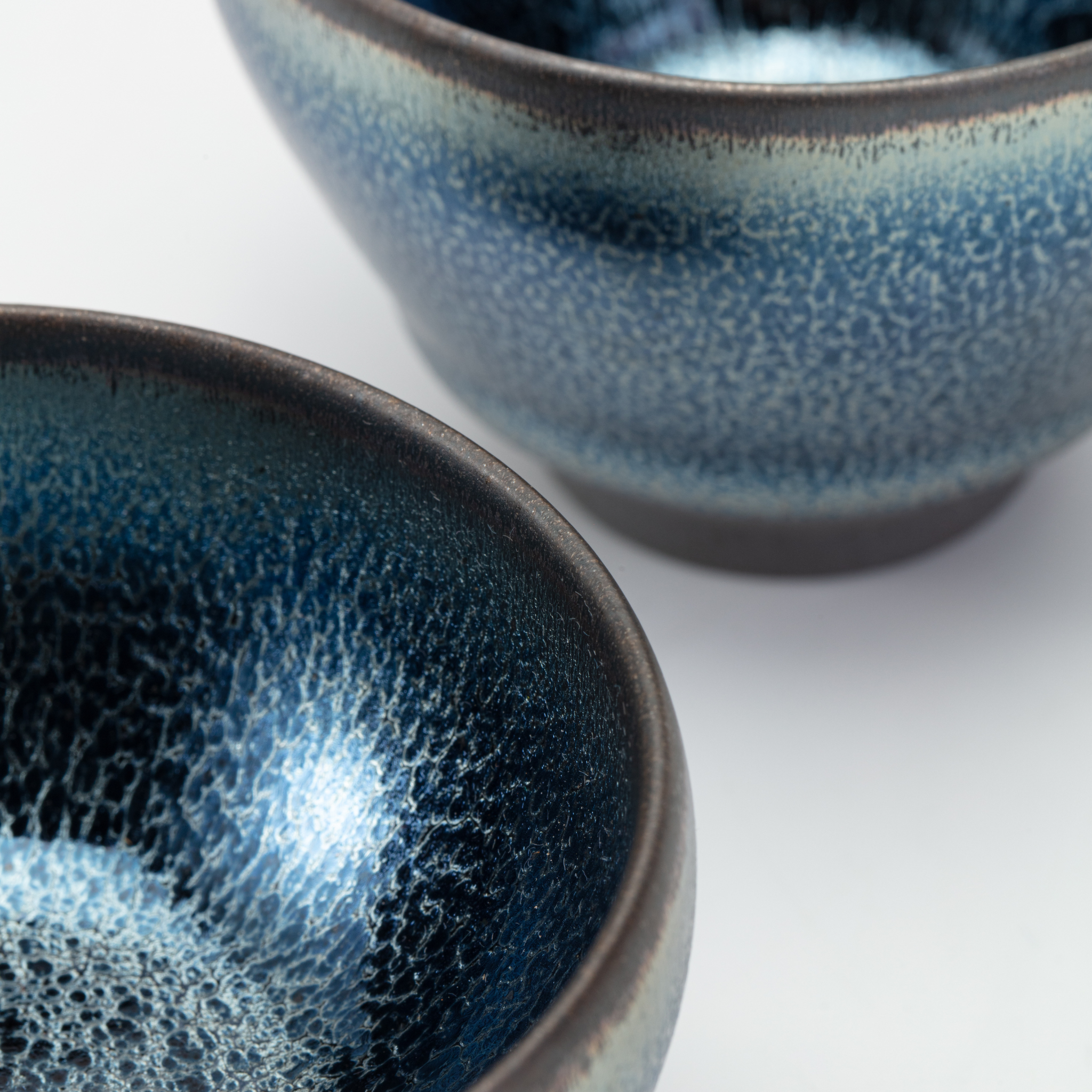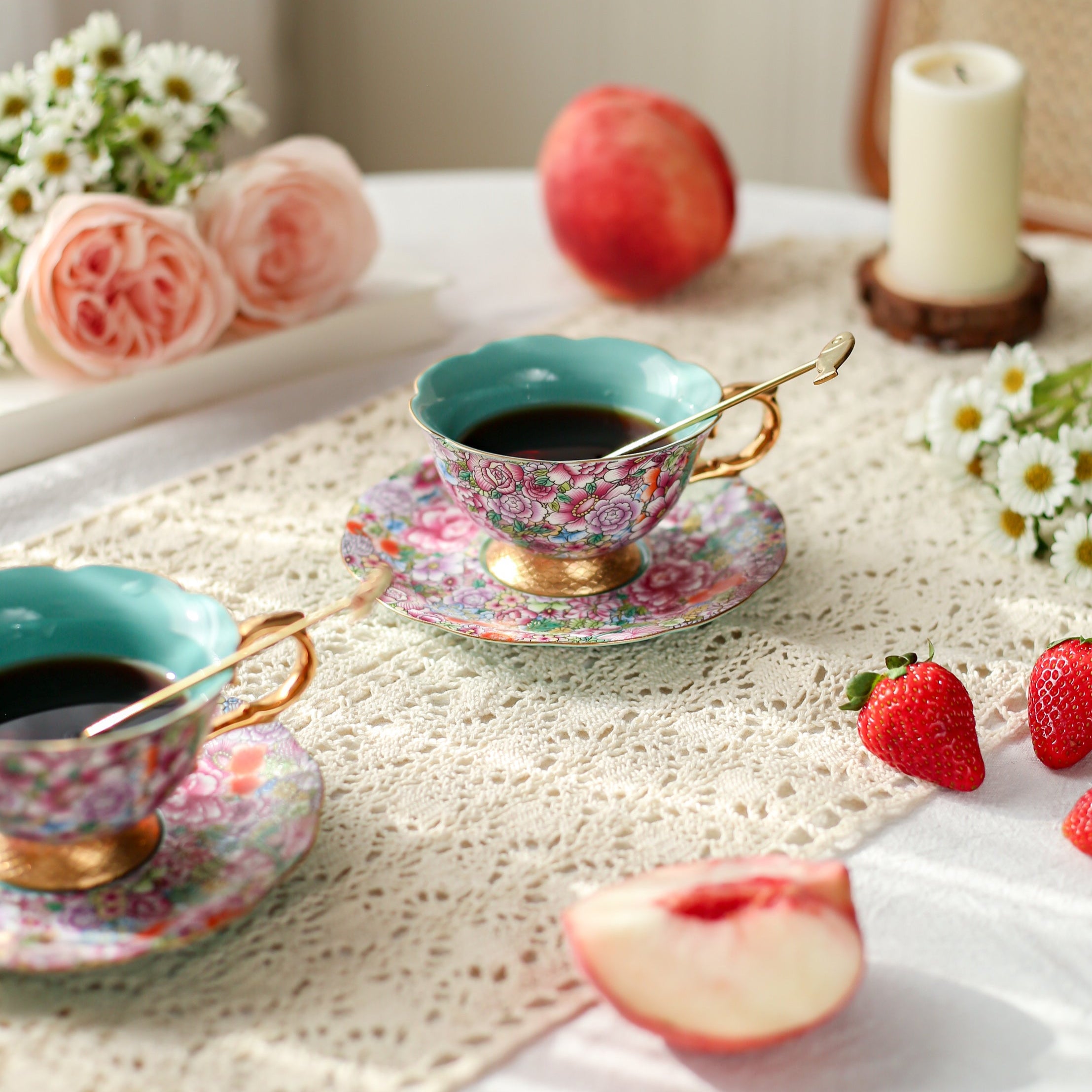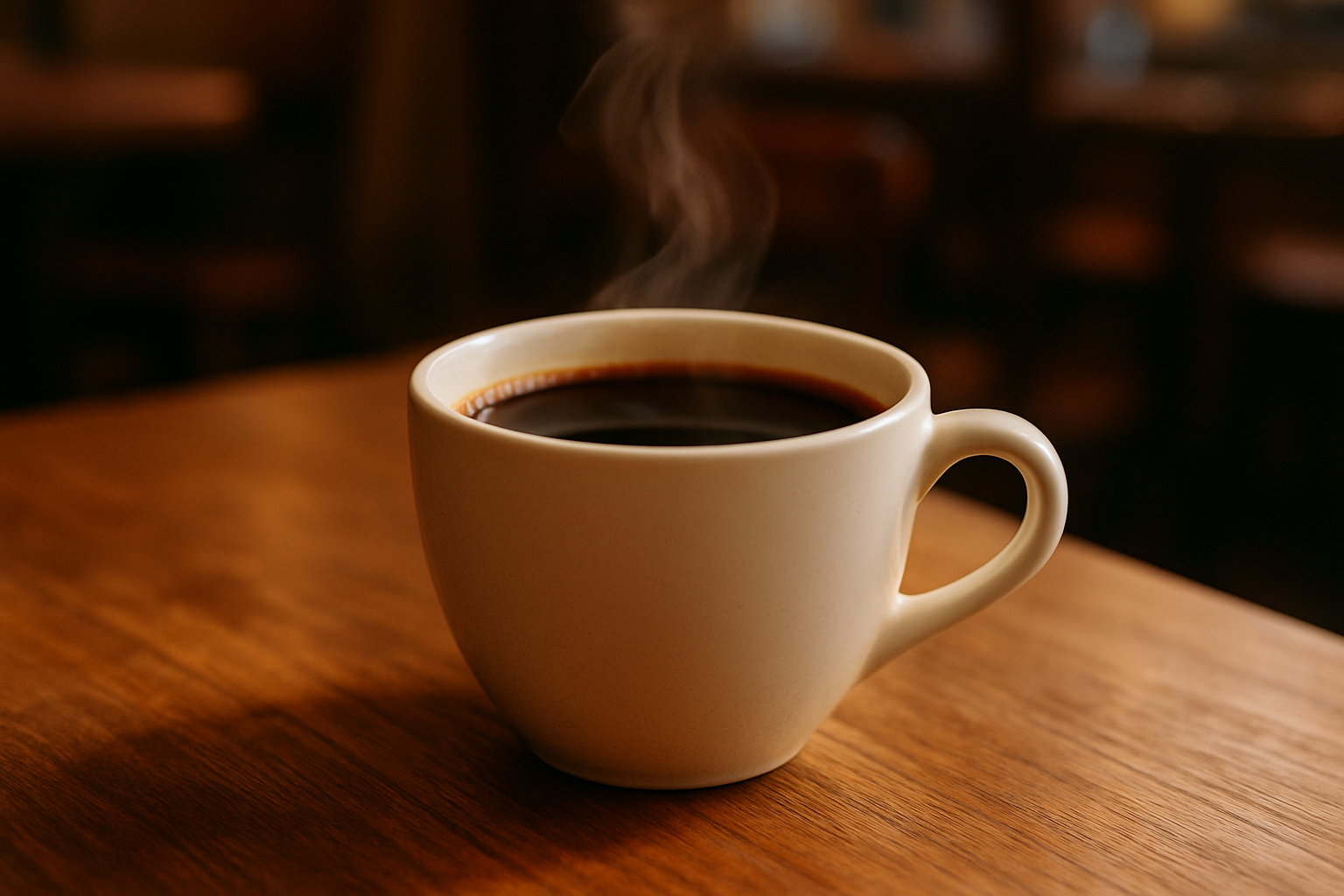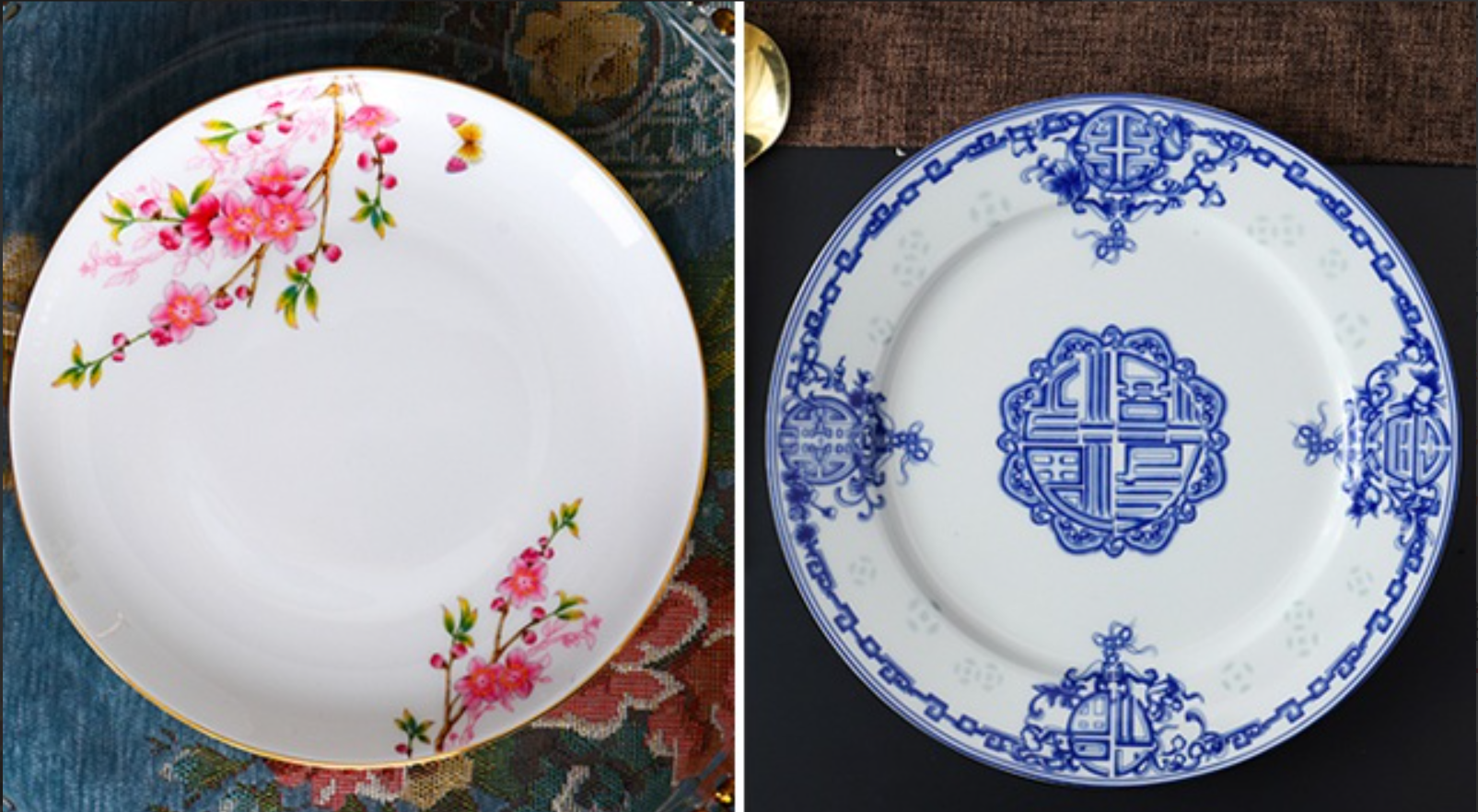Gong Fu Tea: A Tea Culture Ritual for Mindfulness and Well-being
After a long, busy day, do you ever feel like your mind just won’t stop racing? Even when you sink into the couch, your thoughts are filled with emails, to-do lists, and tomorrow’s deadlines.
Now imagine this: you brew a pot of tea. Hot water flows into the teapot, releasing a gentle, soothing aroma. The warmth of the cup rests in your hands. You take a slow sip, and suddenly the noise of the day seems to fade away.
This is the magic of gong fu cha. More than just an ancient Chinese tea culture practice, it’s a simple ritual that can help modern life feel calmer and more mindful. Psychology research shows that small daily rituals like this can reduce anxiety and improve focus.
The best part? You don’t need an elaborate tea room or years of experience. With just a basic tea set, you can enjoy the meditative and restorative benefits of gong fu cha at home. 👉 [Click here to explore our curated Blissful Reserve tea set]

The Ritual That Calms the Mind
What makes gong fu cha (gong fu tea, kung fu tea 功夫茶) different from simply drinking tea is the ritual itself. Every movement, from rinsing the cups to pouring the water, is deliberate. These small, repetitive actions are more than aesthetic—they are a way to anchor your mind to the present moment.
Psychologists have found that rituals provide structure and a sense of control, which helps reduce anxiety. In a world that often feels chaotic, practicing gong fu cha is like giving your brain permission to pause and reset.
Even if you only spend 10–15 minutes brewing a pot of tea, the act itself can improve mental clarity and cultivate a sense of calm. It’s a mindfulness exercise disguised as a cultural experience.

Tea Gathering: Mindful Connection
While gong fu cha can be a solo practice, it shines brightest as a tea gathering. Sharing tea with friends or family creates a space for meaningful interaction. Unlike casual conversations that often happen alongside smartphones or screens, a tea gathering encourages presence and attentiveness.
Studies show that shared rituals strengthen social bonds and boost emotional well-being. Simply put, enjoying tea together makes relationships feel deeper and more rewarding.
Imagine hosting a small tea gathering at home. The conversation slows naturally, laughter comes easier, and the atmosphere is calm yet intimate. For those who feel socially isolated or overworked, this simple ritual can act as a form of social therapy.
You don’t need a large group or a formal tea room—just a few cups, a small teapot, and a quiet corner. 👉 [Shop our recommended Blissful Reserve Enamel Kung Fu Tea Gathering Sets for two or more people]
The Health Benefits Behind the Ritual
Gong fu cha isn’t just good for the mind—it’s good for the body too. Tea contains bioactive compounds that provide real health benefits:
- Tea polyphenols: Natural antioxidants that may reduce inflammation and protect heart health.
- L-theanine: Promotes relaxation without drowsiness and works synergistically with caffeine to improve focus.
- Catechins: Support metabolism and overall well-being.
Combined with the mindful, slow approach of gong fu cha, these compounds offer both mental and physical benefits, making each tea session a holistic wellness practice.

How to Start Your Own Mindful Tea Experience
Starting your gong fu cha journey at home doesn’t require fancy equipment or advanced techniques. Here’s a simple guide:
- Choose your space: Pick a quiet corner, free from distractions. A clean surface and soft lighting can enhance the experience.
- Prepare your tea set: A small teapot or gaiwan, a few cups, and your favorite loose-leaf tea are enough to start.
- Engage your senses: Notice the aroma, the warmth of the cup, and the color of the tea. Take slow, deliberate sips.
- Invite others (optional): Share the ritual with friends or family to create a mini tea gathering.
- Practice presence: Put phones away. Let each infusion become a moment of mindful reflection.
Even a short, 15-minute session can leave you feeling calmer, more focused, and more connected to yourself and others.
👉 [Browse our curated gong fu cha starter sets to get started today]
Making Tea a Daily Ritual
The beauty of gong fu cha lies in its adaptability. You can integrate it into your morning routine to start the day mindfully, use it as an afternoon reset, or host a small gathering in the evening to wind down.
By turning tea into a daily ritual, you create consistent moments of calm, clarity, and connection. Over time, these small practices accumulate into meaningful improvements in well-being—both mental and social.
Conclusion
Gong fu cha is more than just a brewing method—it’s a lifestyle. It combines the richness of tea culture, the science of mindfulness, and the joy of social connection.
In a world filled with stress and distractions, a tea gathering or even a solo cup of gong fu cha offers a simple yet profound way to reset. Slow down, savor the moment, and let the ritual of tea bring calm and clarity to your life.
Why wait? Start your own mindful tea experience today and feel the difference. 👉 [Shop our curated gong fu cha sets now]
References
· Boothby, E. J., Clark, M. S., & Bargh, J. A. (2014). Shared experiences are amplified. Psychological Science, 25(12), 2209–2216. https://doi.org/10.1177/0956797614551162
· Fiese, B. H. (2006). Family routines and rituals. Yale University Press.
· Kim, T. I., Kim, J. E., Park, S. Y., & Kang, H. (2014). L-theanine, a natural constituent in tea, and its effect on mental state. Asia Pacific Journal of Clinical Nutrition, 23(4), 433–440. https://doi.org/10.6133/apjcn.2014.23.4.15
· Kuriyama, S., Shimazu, T., Ohmori, K., Kikuchi, N., Nakaya, N., Nishino, Y., ... & Tsuji, I. (2006). Green tea consumption and mortality due to cardiovascular disease, cancer, and all causes in Japan: The Ohsaki study. JAMA, 296(10), 1255–1265. https://doi.org/10.1001/jama.296.10.1255
· Norton, M. I., & Gino, F. (2014). Rituals alleviate grieving for loved ones, lovers, and lotteries. Journal of Experimental Psychology: General, 143(1), 266–272. https://doi.org/10.1037/a0031772
· American Psychological Association. (2019). Mindfulness meditation: A research-proven way to reduce stress. APA. https://www.apa.org/topics/mindfulness/meditation





